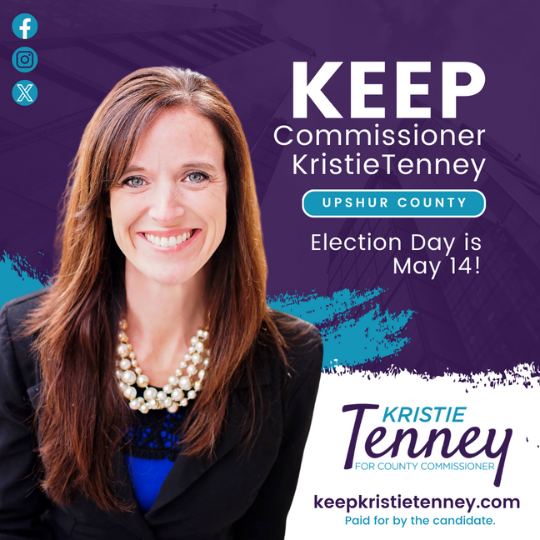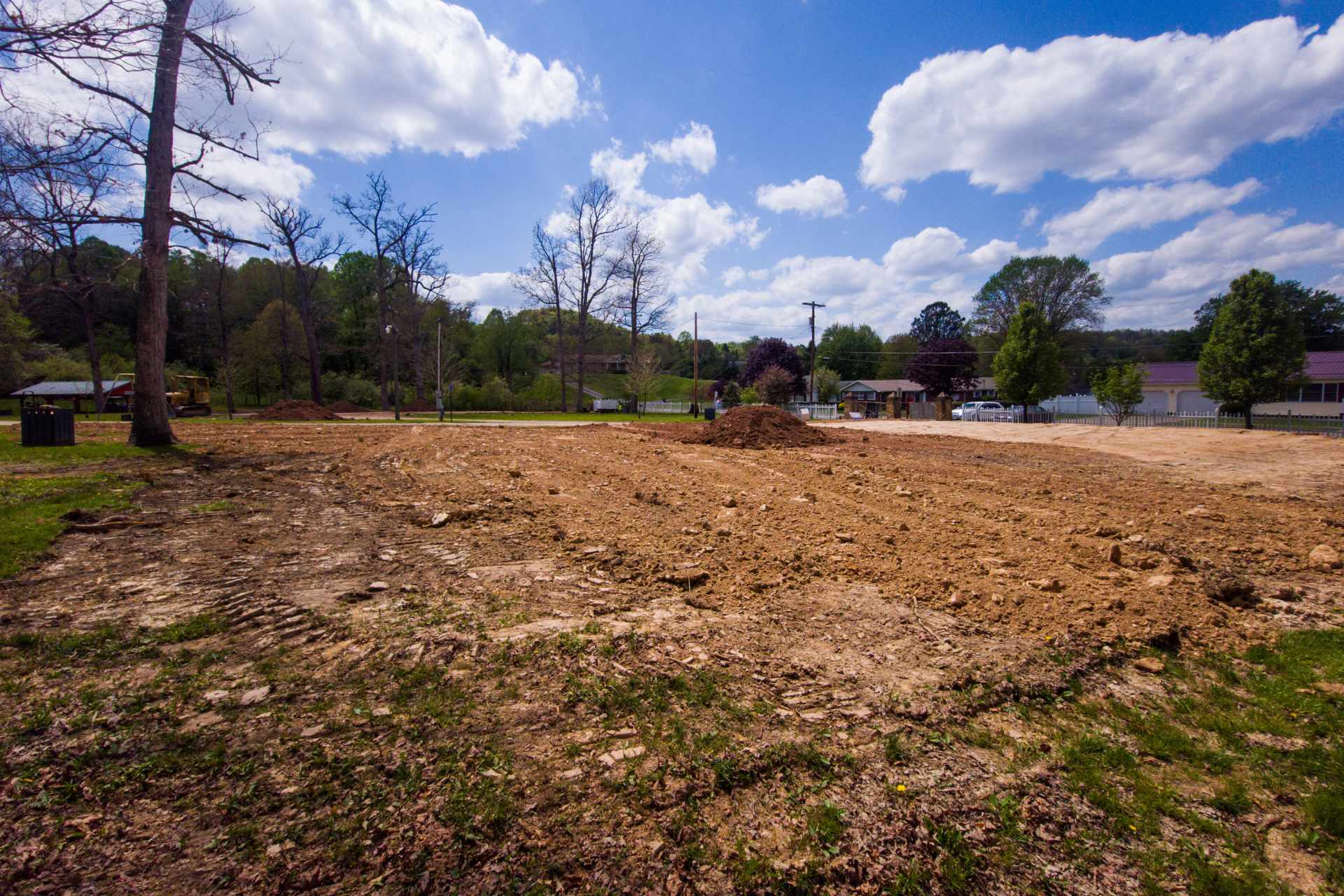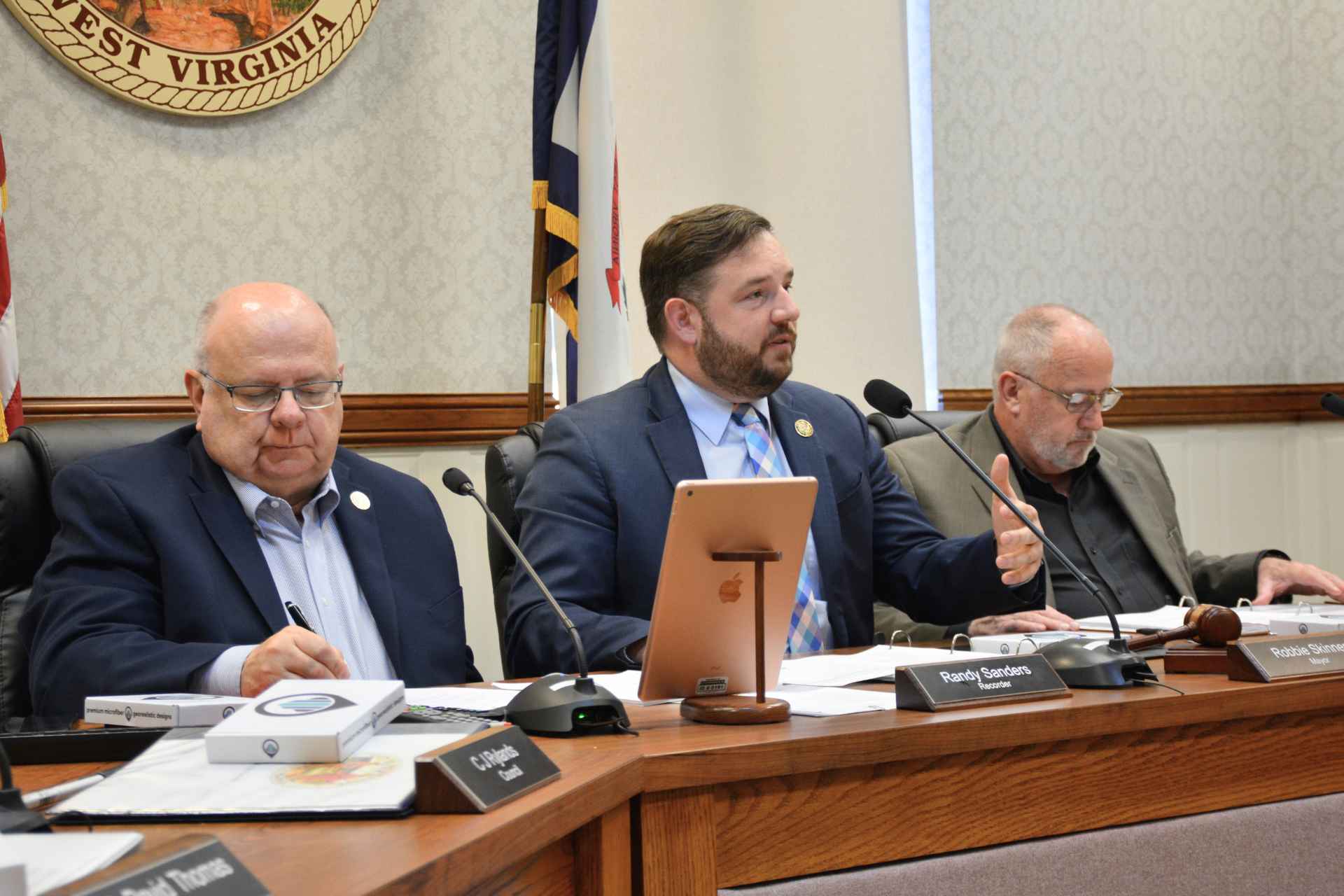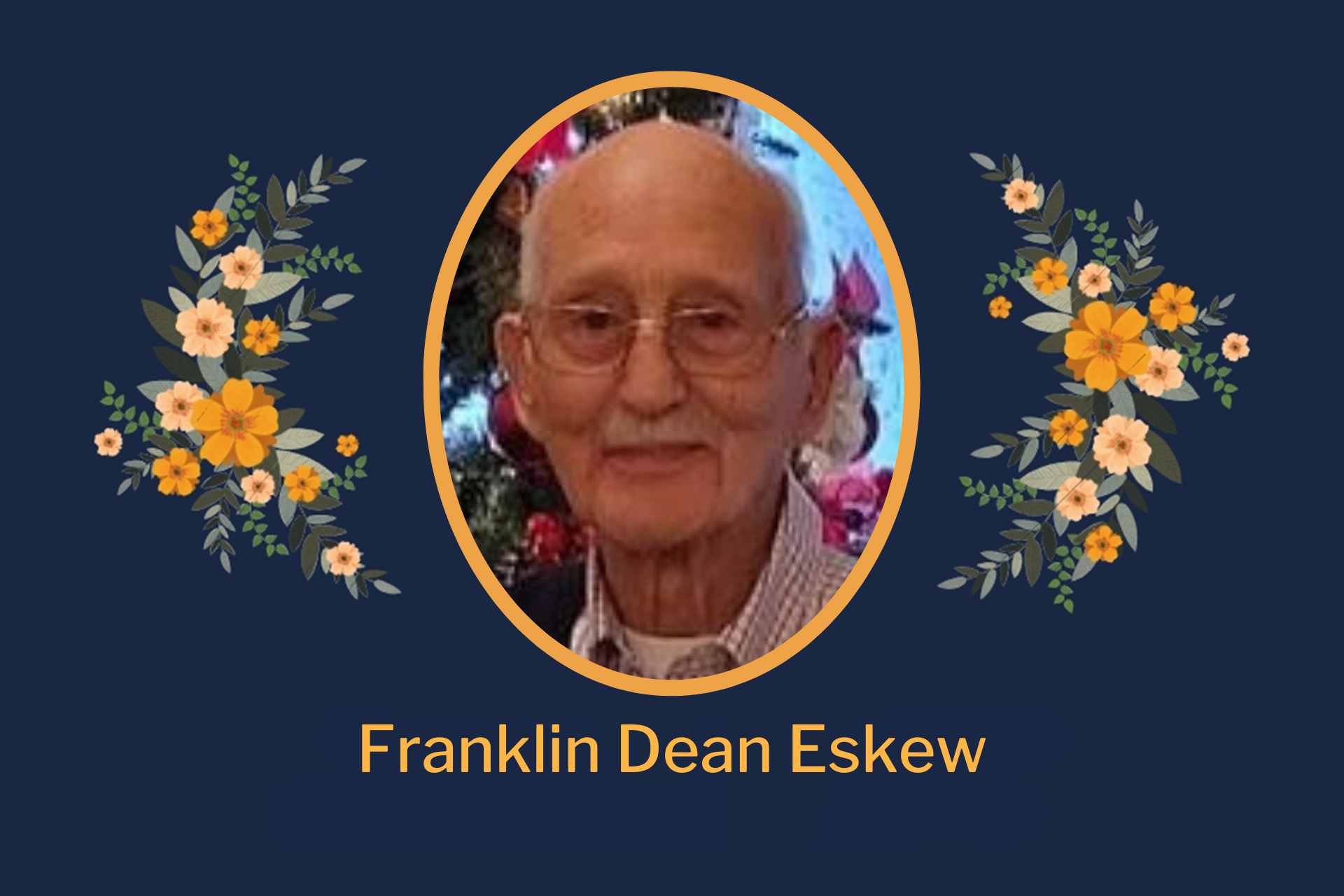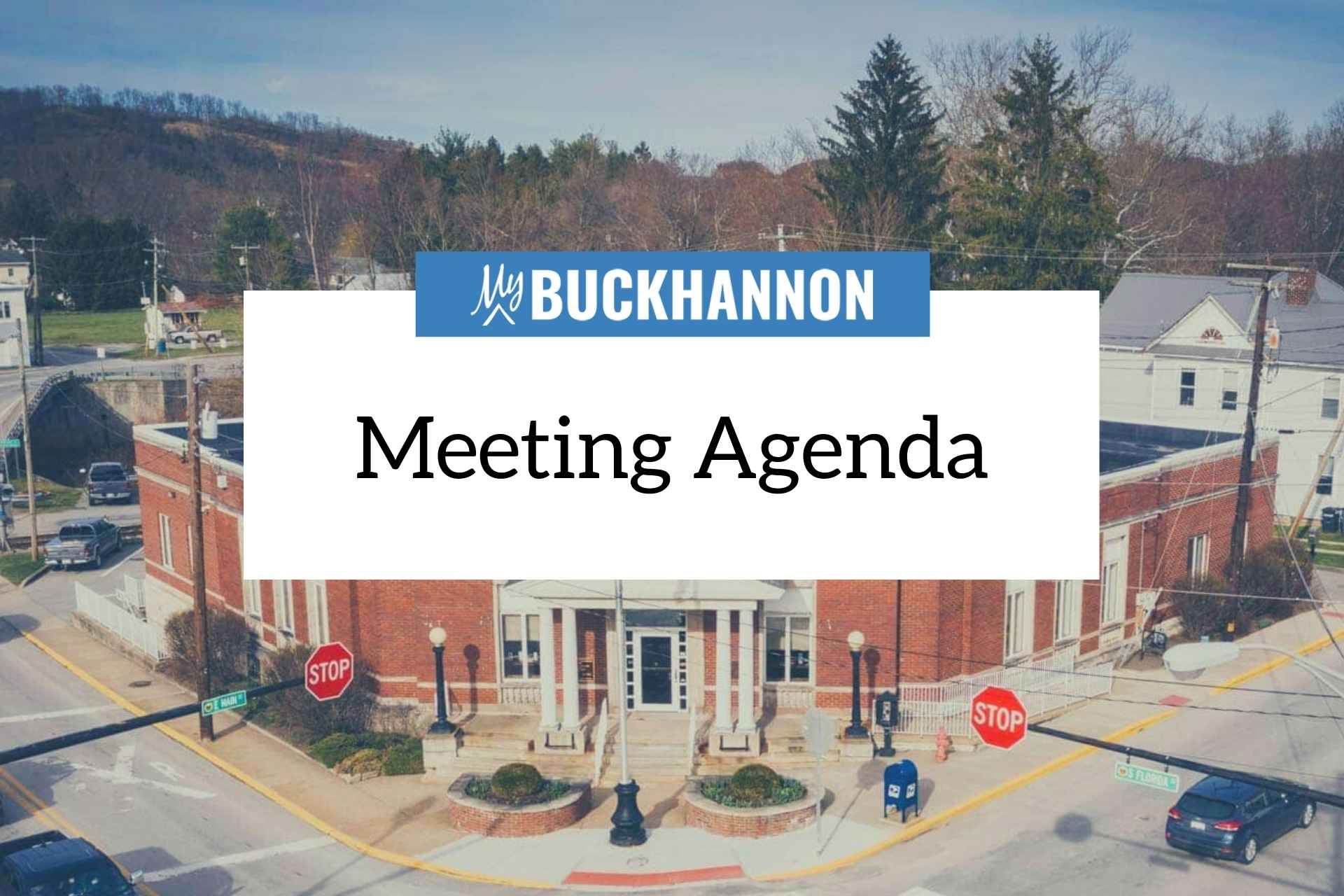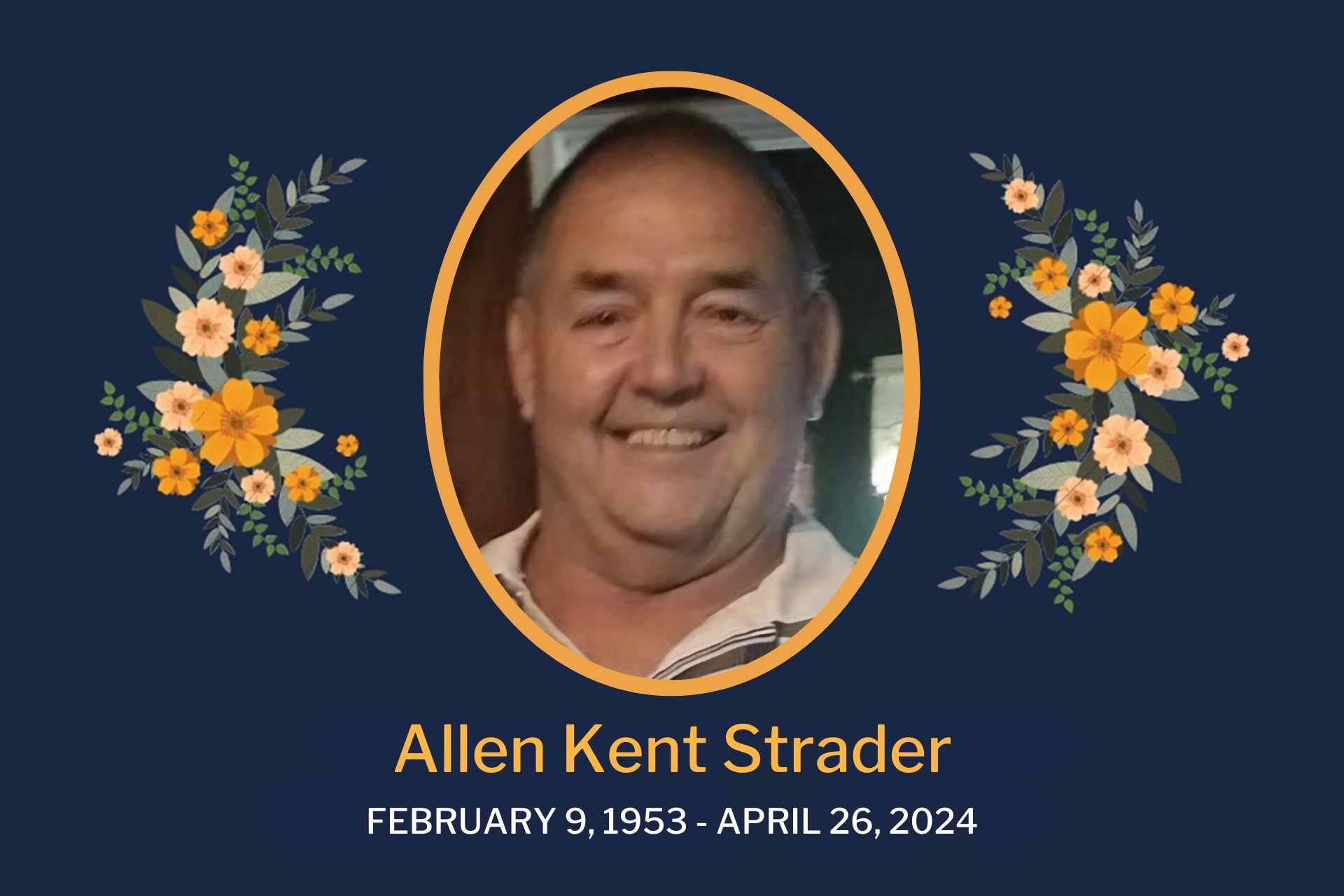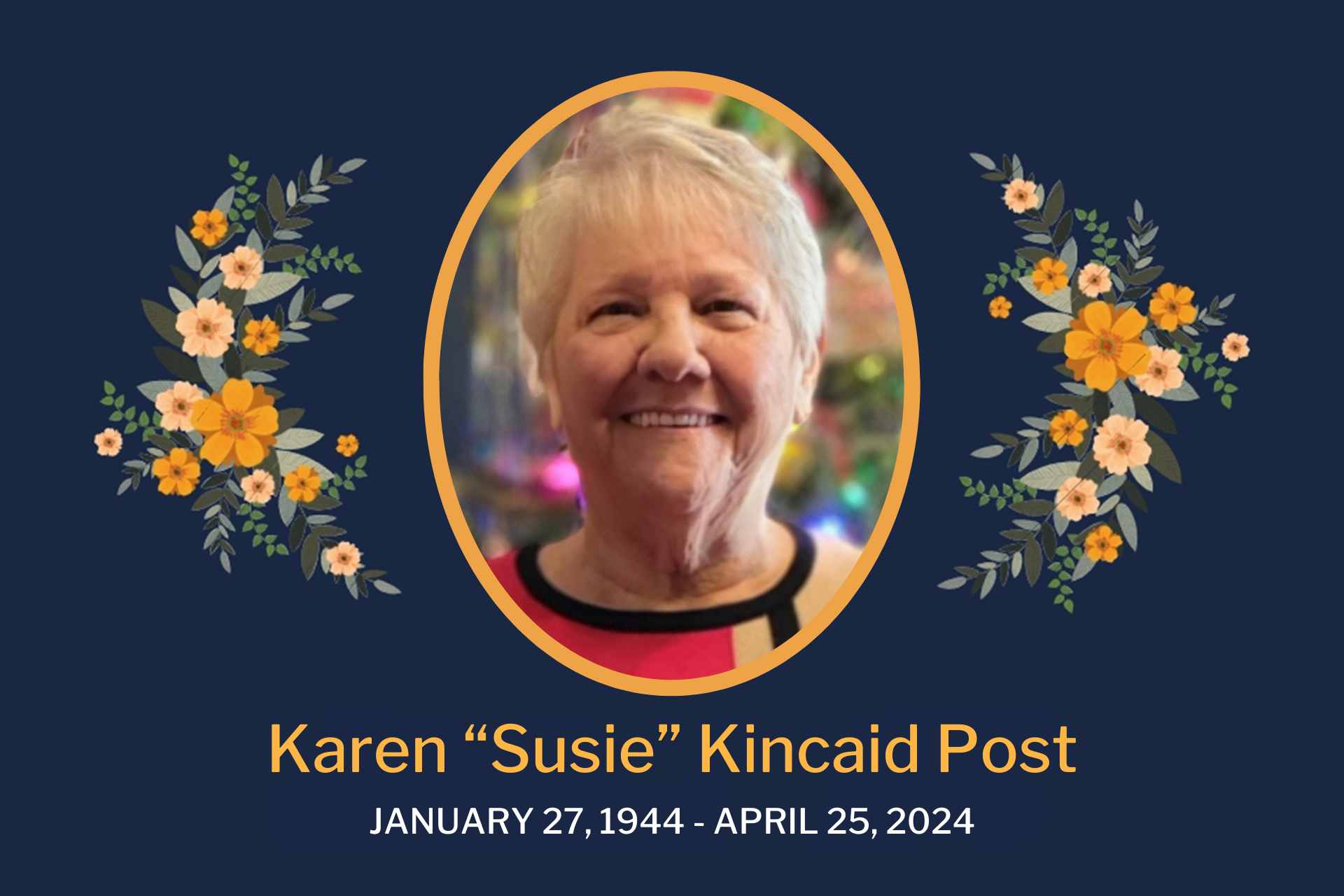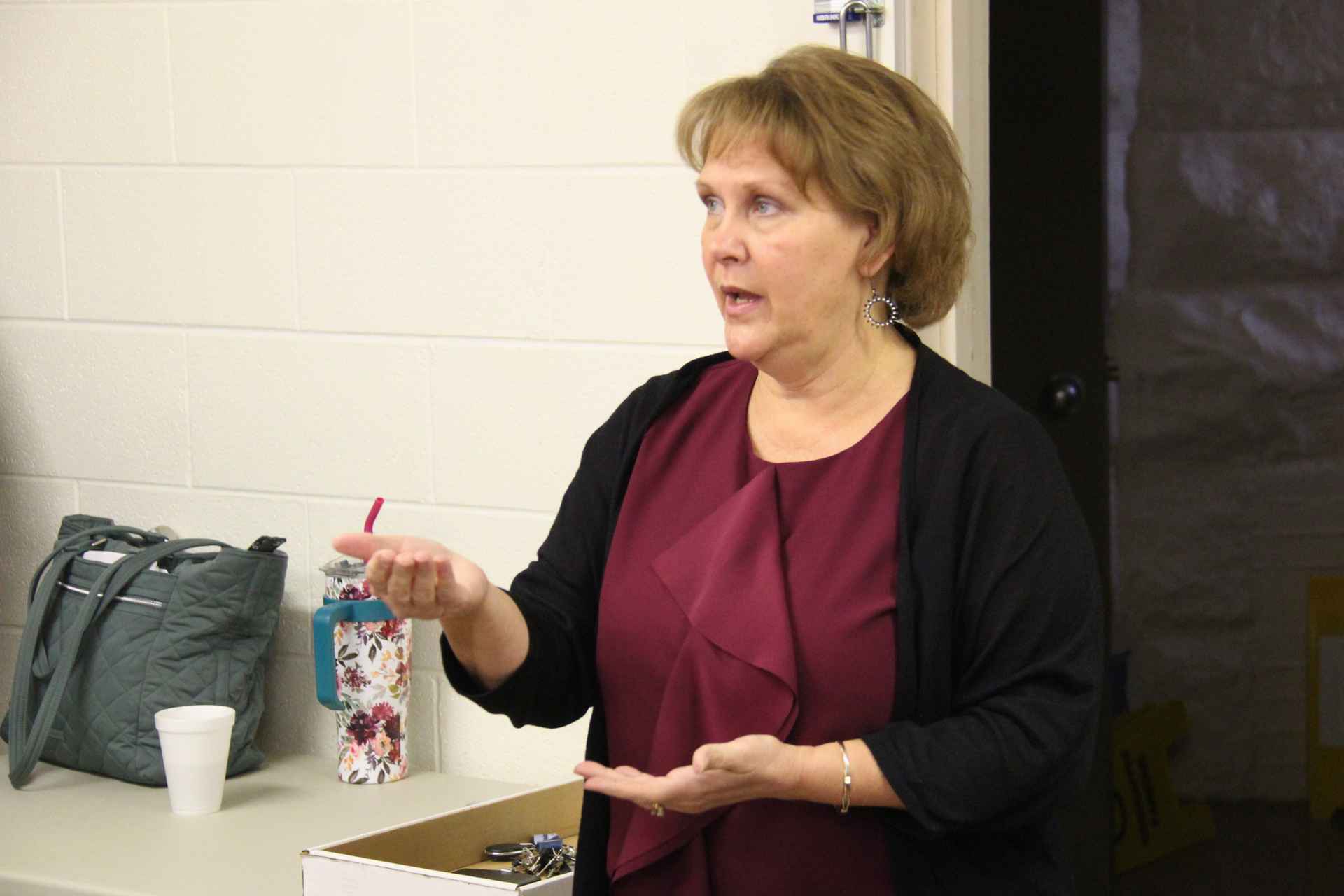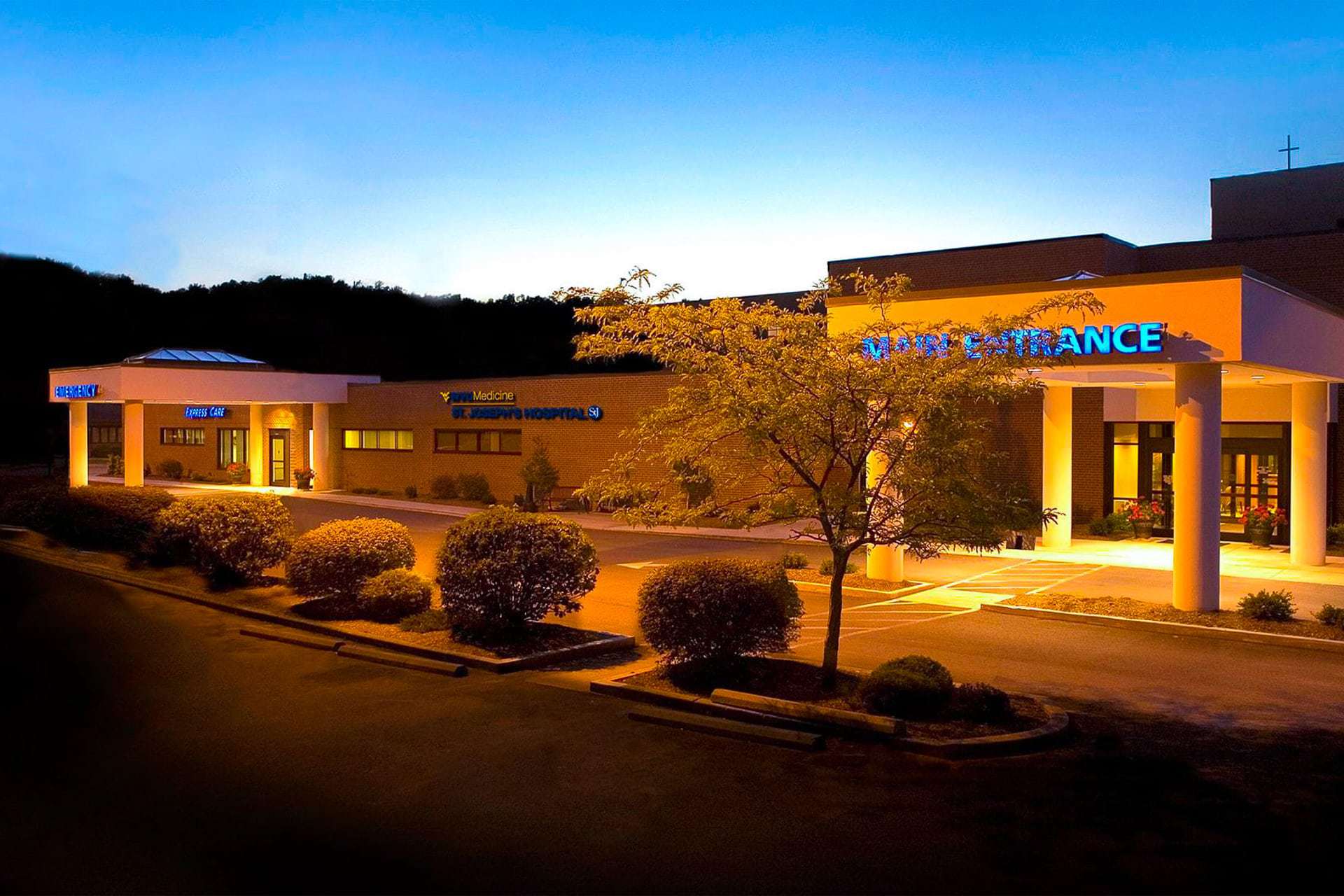Editor’s note: This story was originally published by Mountain State Spotlight. Get stories like this delivered to your email inbox once a week; sign up for the free newsletter at https://mountainstatespotlight.org/newsletter
By P.R. Lockhart, Mountain State Spotlight
For months, West Virginia officials have been touting record-low unemployment numbers. That continued in June, as officials announced that only 3.3% of West Virginians were unemployed and actively looking for work.
But there’s less to cheer about when it comes to the state’s fairly stagnant labor force participation rate. That figure, which essentially measures the percentage of working-age adults who are either employed or actively looking for work, isn’t the most well-known economic indicator. But it’s one that economists say matters just as much, if not more, than unemployment numbers.
“Unemployment is not the problem,” said John Deskins, the director of West Virginia University’s Bureau of Business and Economic Research. “Our problem is we have a relatively small percentage of the adult population that is engaged in the labor force in the first place.”
The labor force participation rate tracks the percentage of working age people who are either actively working or seeking employment. It’s currently 54.6%, the lowest in the nation and well below the national participation rate of 62.6%. And it has been in that last place position or extremely close to it for about five decades.
To come closer to the national rate, the state would need to increase its workforce by roughly 100,000 people.
But understanding the why behind the low rate is more difficult. In several interviews, economists told Mountain State Spotlight that a number of factors could contribute to West Virginia’s persistent labor force problem, including population decline and limited opportunities for economic mobility. There are also lower numbers of college graduates and the continued decline of once-prominent state industries to consider.
It all combines to create a situation where the state struggles on two different sides: on one end there is an issue with retaining the current and future workers already living here. And on the other end, there is an issue with attracting out-of-state workers and their families who might move into the state if its workforce was doing better. As issues mount, a growing group of nonprofits, academics, and local governments see addressing the former as the most immediate concern.
How nonprofits are bringing new energy to addressing WV’s workforce woes
After wrapping up a stint in the Army and returning to his hometown, Huntington native Trey Chambers was working in a restaurant and considering going back to school. But he was in his mid-twenties and wasn’t sure college was the best option, particularly once the pandemic hit.
That’s when a boss told him about NewForce, a technical skills program that provides a free six-month training in software development. Chambers was accepted last year, and after a busy few months juggling his restaurant job with front and back-end development training, he finished the program in January.
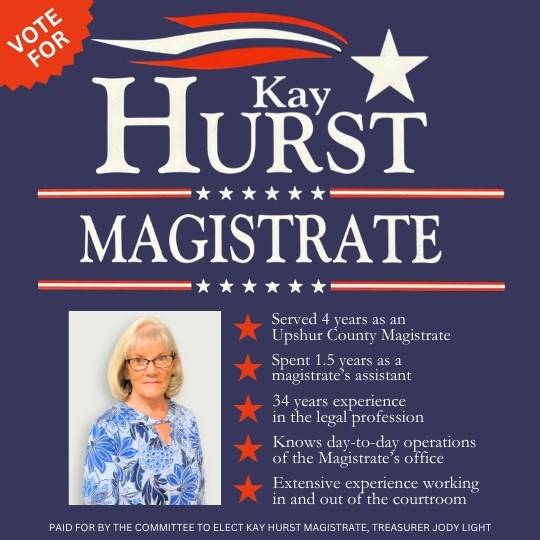
Since then, he’s put his skills to use as a new web developer for Bulldog Creative, a Huntington advertising agency. In his current role he primarily helps create websites, using skills that he had struggled to build on his own before entering NewForce.
“The only thing I had to risk was my time, and without this [opportunity] I would still be in the restaurant industry,” he said.
In some ways, the start of Chambers’ story is common among young people in West Virginia, many of whom face difficulty finding meaningful employment and gaining the skills vital to land better paying jobs. And to help address the problem, nonprofits like Generation West Virginia, which runs NewForce, have stepped in to help with job training as a way to slow the brain drain.
“I think that in West Virginia we have grown up with the understanding that to be successful you have to leave,” said Alex Weld, the executive director of Generation West Virginia. “We’ve got to be better about celebrating the opportunities here and making those opportunities clear for West Virginians.”
Besides NewForce, Generation West Virginia is also trying to keep more young people in West Virginia through a nine-month fellowship program and its Career Connector, which connects job seekers and employers.
The resource was useful for Jessica Stidham, who moved to West Virginia with her husband in 2015. The Career Connector helped her land a new job as an assistant director of First Ascent, a new program aimed at developing and retaining other young workers in the state.
For her, addressing the state’s workforce crisis is crucial, not only to improve economic conditions, but also to give workers something that she has found for herself here: a sense of fulfillment.
“It is one thing to have a job with a steady income, that’s definitely important,” she said. “But being able to work and travel and have a good quality of life and ability to enjoy natural resources has [also] been a big draw.”
But job training and networks are only part of the solution.
“A lot of the barriers to the workforce are human,” said Coalfield Development founder Brandon Dennison. The organization aims to reimagine Southern West Virginia’s economy, taking an area once dominated by coal and transforming it to handle new industries.
Part of doing that, Dennison says, means working with people who face bigger challenges than skill gaps: people in recovery, people who have struggled to gain employment, and others who have faced significant barriers in a job search.
“We see ourselves modeling a different and better way to do workforce development,” he said. “We know we can’t re-employ everyone that needs to be re-employed but we do create paid jobs for people who face severe barriers to employment.”
Coalfield Development also plays a leading role in the Appalachian Climate Technology, or ACT Now Coalition. The group includes several nonprofits, state universities, municipalities and local governments, unions, and other groups, all focused on improving both economic and environmental conditions in the state. Last fall, the coalition was awarded a Build Back Better grant from the federal government, receiving $62.8 million and another $30 million in philanthropic funds to support its efforts.
Even so, nonprofit leaders like Dennison and Weld do face difficulties, especially with scale. Efforts to expand the workforce require a lot of money, and nonprofits aren’t guaranteed to reach every person in need of help. This means that even with the progress independent groups have accomplished, deeper solutions, statewide solutions, remain necessary.
Increasing West Virginia’s workforce requires a wide-ranging list of solutions — many of them people-oriented
While the sorts of jobs and skills training offered by these nonprofit organizations, government offices like Workforce WV, and local community and technical colleges are in demand, closing a skills gap is only one aspect of what needs to be done to help West Virginia’s workforce.
There also needs to be a focus on what Deskins referred to as “human capital”: improving the conditions that affect a person’s interest in and ability to work. That can include issues with transportation access, health, substance abuse, discrimination, and previous interactions with the justice system.
Another factor that economists identified as a particularly pressing — and potentially more easily solvable — issue is increasing access to child care. The latter is an especially significant factor for women, who have entered the workforce in significant numbers in recent decades, but who are often the first to leave due to child care reasons. West Virginia currently has the lowest female workforce participation rate in the country.
“I think child care access is sort of an understudied thing in West Virginia, in terms of its contribution to labor force participation,” said Heather Stephens, the director of WVU’s Regional Research Institute. “We don’t have good child care access and that makes it very difficult for parents of young children.”
The endgame goal then, is for a number of changes to happen that all contribute to better situations for workers.

“I wish the problem was tax policy, because that is a problem that we could fix easily,” Deskins said. “But if you have a bad drug abuse problem, a bad health problem, it takes a long time, years, to fix those.”
Reach reporter P.R. Lockhart at prlockhart@mountainstatespotlight.org





